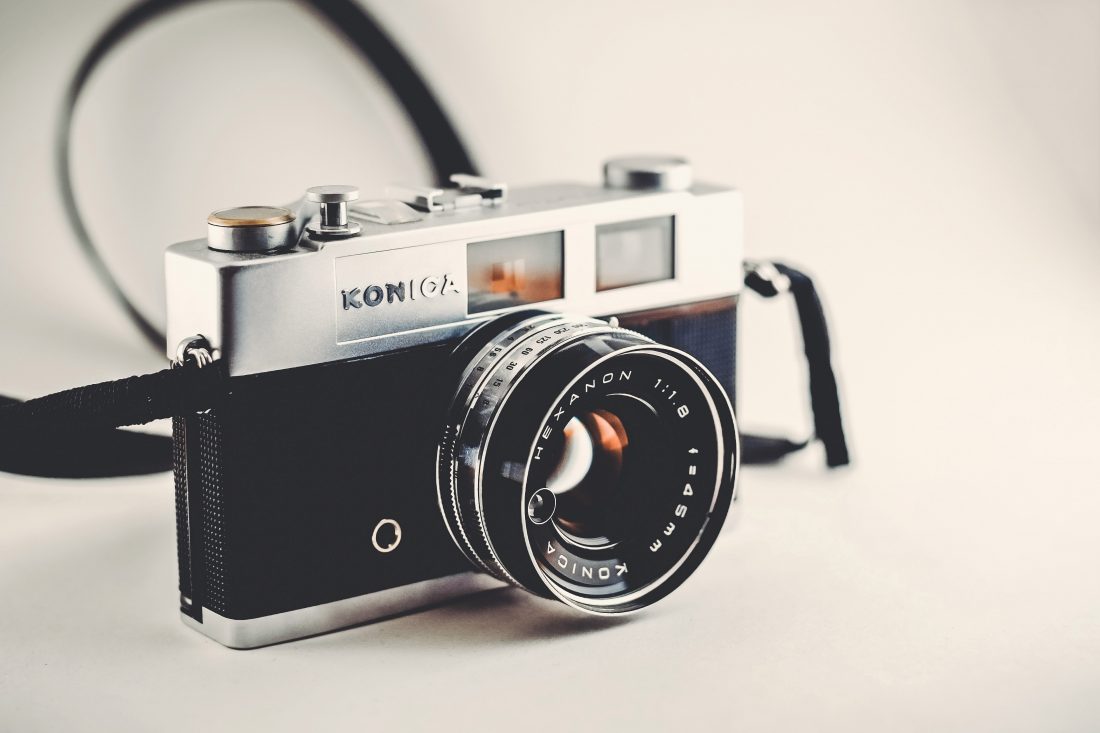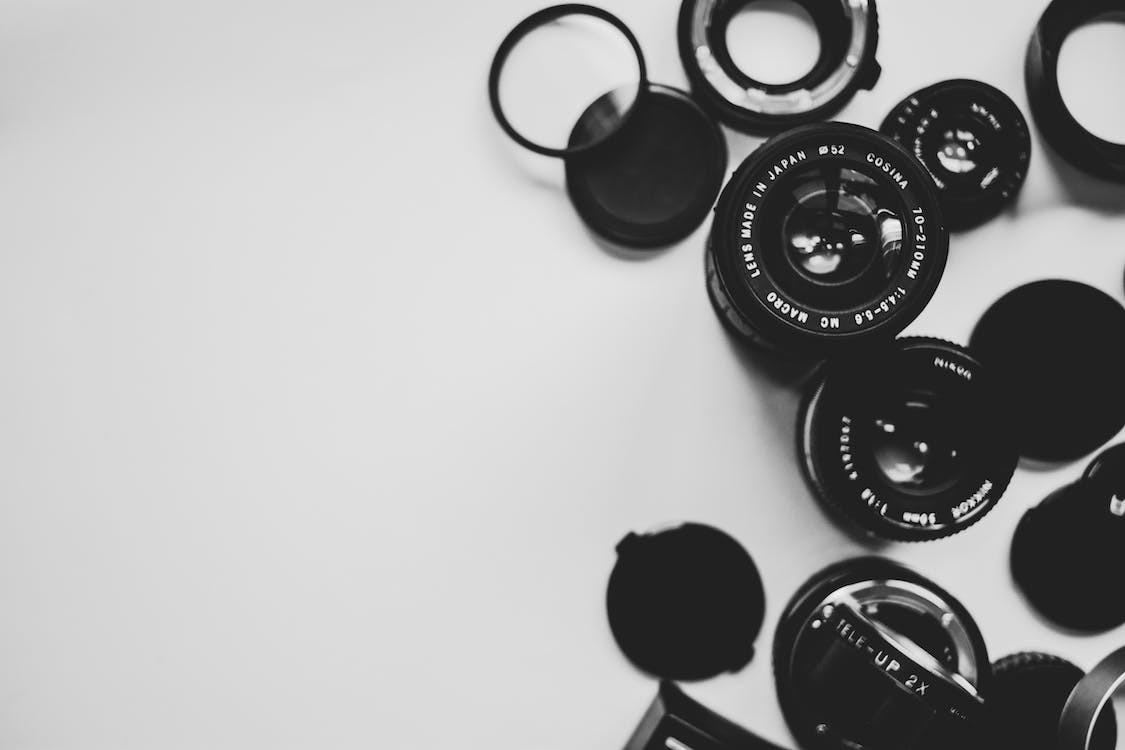
The Samsung Digimax A503, also known as the Samsung Kenox D50, is a digital camera that was introduced by Samsung in 2006. It was designed to be a compact and affordable camera option for everyday photography enthusiasts. With its simple design and user-friendly features, the Digimax A503 quickly gained popularity among beginner photographers.
**Technical Specifications and Features**
The Digimax A503 boasts a 5-megapixel image sensor, which was quite impressive for its time. It offered a maximum resolution of 2560×1920 pixels, allowing users to capture detailed photographs with good clarity. Additionally, it had a 3x optical zoom lens, providing flexibility in framing shots from various distances.
The camera featured a 2-inch LCD screen on the back, which served as both a viewfinder and a playback monitor. It allowed users to preview their images and navigate through the camera’s menu system effortlessly. The Digimax A503 supported various shooting modes, including auto, program, and scene modes, enabling users to adjust settings according to different shooting conditions.
In terms of storage, the camera utilized Secure Digital (SD) memory cards, offering ample space to store a decent number of photos. It also had a USB port, allowing users to transfer their images to a computer or other devices conveniently.
**Price and Availability**
At the time of its release in 2006, the Samsung Digimax A503 had a retail price of around $200. It was positioned as an entry-level camera option, targeting budget-conscious consumers who wanted a reliable digital camera without breaking the bank. The camera was widely available in electronic stores and online retailers, making it easily accessible to photography enthusiasts.
**Conclusion**
The Samsung Digimax A503, or Samsung Kenox D50, was a popular digital camera in its time, offering a good balance between affordability and functionality. With its 5-megapixel sensor, 3x optical zoom, and user-friendly features, it provided users with the opportunity to capture high-quality images without the need for expensive professional-grade equipment. Although it may not match the performance of more advanced cameras available today, it remains a notable option for anyone looking to enter the world of digital photography on a budget.
